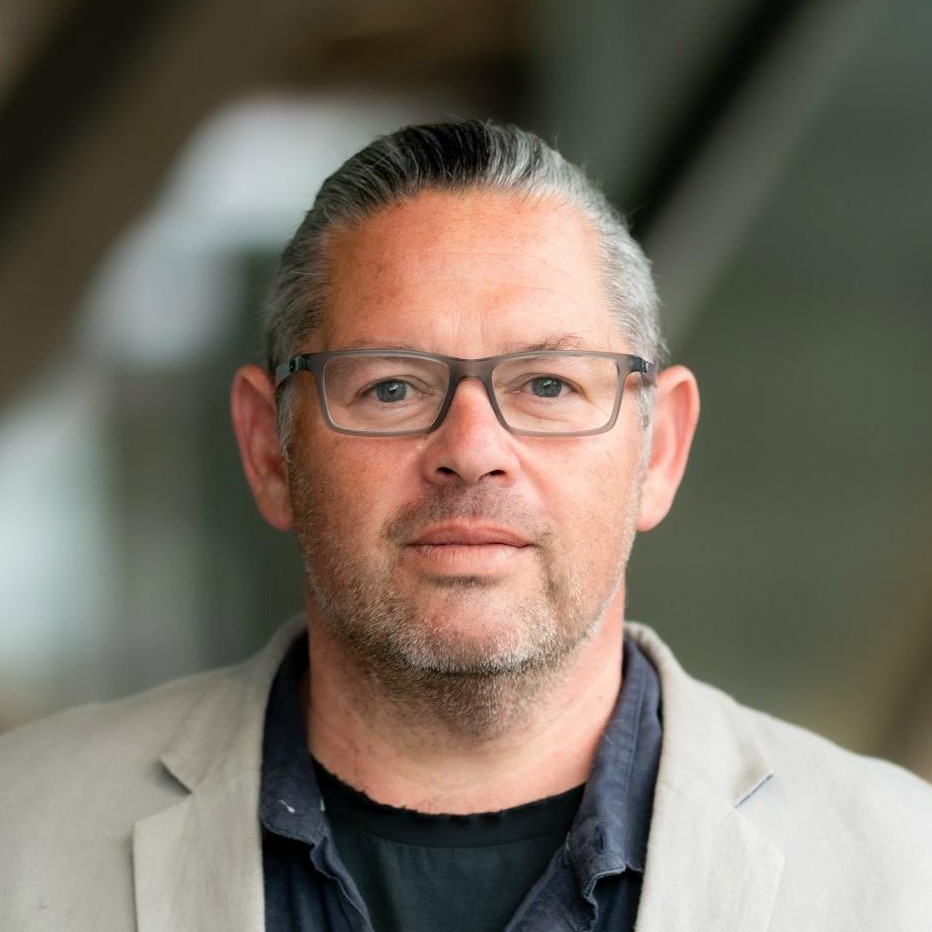Search

As Head of Aboriginal Research Development at Telethon Kids, Glenn Pearson believes his work brings us closer to identifying the real and whole Australian story
Research
Facilitating Empowerment and Self-Determination Through Participatory Action ResearchThis article details the application of the participatory action research approach by the National Empowerment Project, Aboriginal community-based researchers.
Research
Disparity in Mortality From Rheumatic Heart Disease in Indigenous AustraliansIndigenous Australians are much more likely to die from Rheumatic Heart Disease than other Australians.
Research
Relevance of Aboriginal Peer-Led Parent Support: Strengthening the Child Environment in Remote AreasThis research highlights the critical emerging role of peer support workers in home visiting family support in a remote area of Australia
Research
From Consultation to Application: Practical Solutions for Improving Maternal and Neonatal Outcomes for Adolescent Aboriginal Mothers at a Local LevelImportance of creating models of antenatal care using a “social determinants of health” framework
Research
Prevalence of fetal alcohol syndrome in a population-based sample of children living in remote Australia: The Lililwan Project.Aboriginal leaders concerned about high rates of alcohol use in pregnancy invited researchers to determine the prevalence of fetal alcohol syndrome (FAS) and...
Research
Decolonising Australian Psychology: Discourses, Strategies, and PracticeThis paper discusses the role of psychology in Australia and the negative impact that certain disciplinary theories and practices have had on Aboriginal and...
Research
Folate status in Aboriginal people before and after mandatory fortification of flour for bread-making in AustraliaThe mandatory fortification of wheat flour for bread-making has increased folate status and reduced Neural Tube Defects in the Australian Aboriginal population
Research
Missing voices: Profile and extent of acquired communication disorders in Aboriginal and non-Aboriginal adult stroke survivors in Western AustraliaThe needs of Aboriginal stroke patients with acquired communication disorder should inform appropriate service design for speech pathology and rehabilitation
